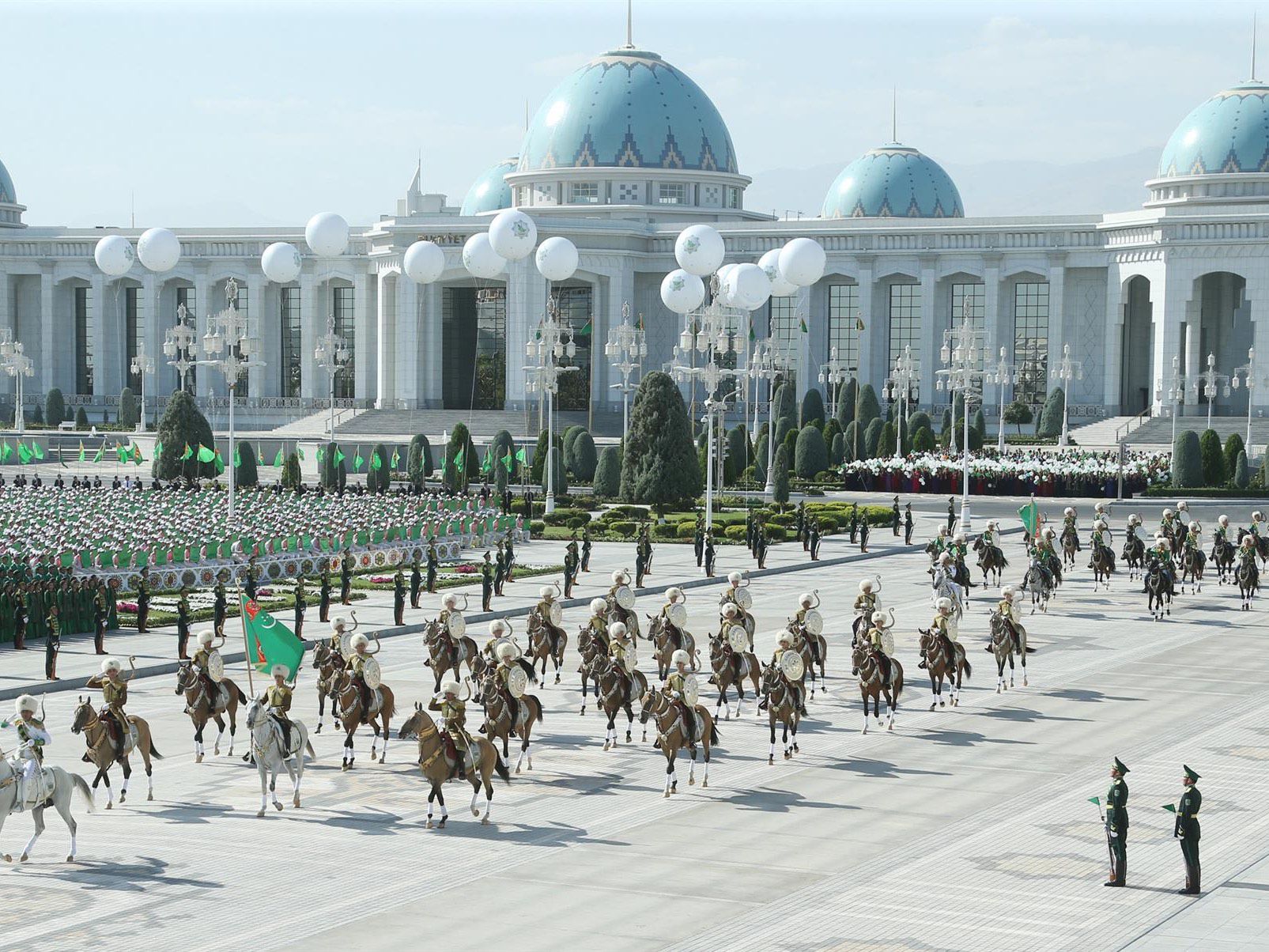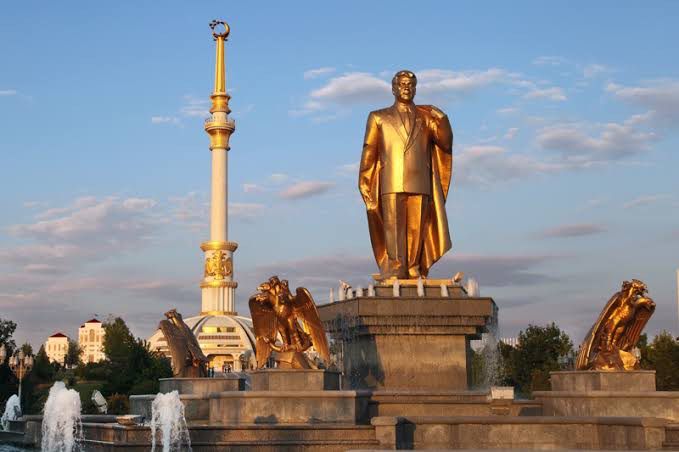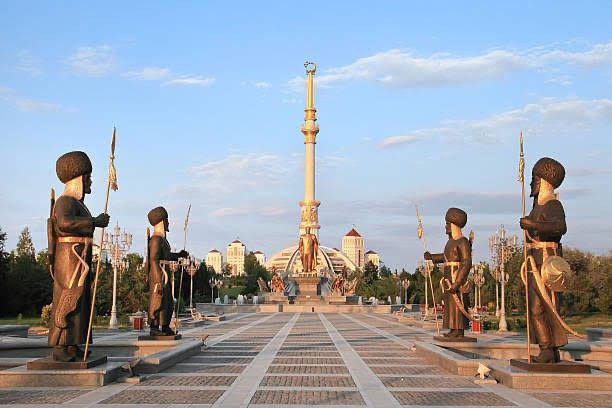
Turkmenistan is one of the most fascinating and least-understood countries on Earth. It’s mysterious, grand, and often eerily empty. Let’s break it down in a way that connects its geography, architecture, and social reality, so you get the full picture.
Turkmenistan is a Central Asian nation bordered by Kazakhstan, Uzbekistan, Afghanistan, Iran, and the Caspian Sea.
It was part of the Soviet Union until 1991, when it became independent — but unlike many other former Soviet republics, it remained highly isolated and authoritarian.
It has a population of about 6 million people spread over an area larger than California, so it feels extremely empty. Roughly 80% of the country is desert, mainly the Karakum Desert — a vast, dry expanse that makes most of the land uninhabitable.
🏙️ Why Is It So Empty?
There are a few key reasons:
1. The Desert Dominates Everything
The Karakum (“Black Sand”) Desert covers most of Turkmenistan. Only a few oases and regions near rivers are livable. Outside the capital and a few towns, it’s just endless sand.
2. Population and Migration
Many educated and young people have emigrated due to the strict government and lack of opportunity.
Turkmenistan’s population is shrinking — not because of disaster, but because people quietly leave.
3. Centralized Power and Control
The government (since independence) has maintained tight control over the population and limited foreign travel, investment, and even internal movement. It’s sometimes compared to North Korea in terms of secrecy and isolation.
4. Stage-Managed Modernization
Most of the development is concentrated in the capital, Ashgabat, which was designed to look impressive rather than functional — creating the illusion of a futuristic metropolis surrounded by empty land.

🏛️ Architecture: The “White City” of Ashgabat
Ashgabat, the capital, is unlike any other city in the world — surreal, pristine, and often deserted.
Key Features:
- White Marble Everywhere: Nearly every building is clad in white marble, a policy started by former president Saparmurat Niyazov (aka Turkmenbashi, “Father of All Turkmen”). Guinness World Records recognized Ashgabat for having the most marble buildings in the world.
- Gigantic Monuments: The city is filled with massive statues, golden domes, and bizarre architecture — like the Neutrality Arch, topped with a rotating gold statue of the former president that used to face the sun.
- Empty Highways and Buildings: Despite the huge boulevards, palaces, and hotels, there are few cars or people. It feels like a movie set — gleaming but eerily silent.
- Futuristic Projects: Recent leaders have continued the trend, building a new airport shaped like a giant falcon, and other surreal structures — but most are underused.
- Ashgabat looks like Dubai if no one lived there — beautiful but haunting.
Turkmenistan’s economy is almost entirely based on natural gas.
It has the fourth-largest gas reserves in the world, but most of the wealth is controlled by the government and elite, not the general population.
Other facts:
- Exports: Mainly gas (to China), some cotton and textiles.
- Tourism: Very limited — visas are hard to get, and travel is tightly controlled.
- Farming: Cotton and wheat are grown in irrigated areas, often with water diverted from the Amu Darya River (which has caused major environmental problems).
So, while it’s rich in resources, daily life is simple and restricted for most citizens. Internet access is censored, foreign media are banned, and even photography of public buildings can get you in trouble.

🔥 The Darvaza Gas Crater (“Door to Hell”)
One of the most striking symbols of Turkmenistan is the Darvaza Crater — a massive burning hole in the desert.
In 1971, Soviet engineers accidentally drilled into a gas pocket. To stop the leak, they set it on fire — expecting it to burn out in a few days.
It’s still burning today, over 50 years later — a literal fire pit in the middle of the desert, glowing under the stars.

🕊️ Culture and Daily Life
Despite the heavy state control, Turkmen culture is rich and deeply traditional:
- The people are ethnically Turkmen, related to Turks, Uzbeks, and other Central Asian groups.
- Carpets are a major part of their identity — Turkmen rugs are world-famous and each region has its own design.
- Horses, especially the Akhal-Teke breed, are a national treasure — known for their metallic sheen and beauty.
- The government celebrates these symbols heavily, using them in national holidays and monuments.

⚖️ The “Deal” with Turkmenistan
Essentially, it’s a closed, image-controlled nation that uses wealth from gas to build monumental architecture and project power, while keeping its citizens under tight control.
To outsiders, it appears clean, rich, and peaceful — but behind the marble and gold, it’s a place of limited freedom, surveillance, and isolation.
